Mohd Izmir Yamin could be in the running for a first prize of US$20 million (MYR83 million) from Google – the highest prize of its type ever in history – if he successfully sends a rover to the surface of the moon. Simon Willmore wanted to learn how he’s going to achieve this.
It’s not every day that you walk into a coffee shop, sit down, order a drink – and chat with someone about how to land something on the surface of the Moon. But that’s exactly what happened the other week, when I met Mohd Izmir Yamin, Malaysian engineer and founder of Independence X. Here’s what he said:
ExpatGo: You just gave a talk at TEDxKL about your involvement in the Google Lunar X Prize*. What is the latest? Let’s start with the rover named ‘Henry’ – and where the name came from.
Mohd Izmir Yamin: Well, the name Henry was given by our on-board team artist; he wanted to put a Malaysian element in it. There used to be a slave in Melaka called Henry. When the Magellan expedition took place, he was one of the slaves on the ship to help out on the mission.

He was known, back then, as Henry the Black. He was one of the first guys to circumnavigate the Earth. He is known as an explorer – and that’s what this is: a rover that will explore the lunar surface for 500 meters, which is part of the requirement [to win the Google competition].
*The Google Lunar X Prize is a competition to develop low-cost methods of robotic space exploration.
To win the Google Lunar XPRIZE, a privately funded team must be the first to land a craft on the moon, travel 500 metres and transmit high-definition video and images.
The first to do this will win US$20 million; the second, US$5 million (MYR 20.7 million); and there are further prizes of US$5 million.
And the spacecraft itself is called Independence X?
Yes. In September of 2013, I registered Independence X as a company, or IDXA. Actually, ‘IDXA,’ is because we were influenced by the Japanese Agency called JAXA.
The reason for Independence X is because we built our rockets from Independence 1. The reason we called it Independence 1, it was related to Malaysia Day, Independence Day.
So, how did you go about getting the materials that you needed for building these rockets?
We got pretty desperate at times. Where is there a rocket shop nearby? It doesn’t exist. [For Independence 3, the team’s third space craft] we wanted to find a high-strength, high-pressure fuel line that is braided metal outside. We couldn’t – what’s available in hardware stores is braided, but contains plastic and cloth. So we went to the Subang Airport junkyard shop where they have salvaged aircraft and they had all these scavenged jet engines lying around.
We managed to find a nice fuel line made of titanium alloy. We asked the cost and they actually said we could have it free of charge. It doesn’t mean anything to them! They were only interested in selling the entire engine (each about RM40,000). So they were more interested in the turbine blades than the fuel lines. We took a couple of fuel lines back home and they’re now used on our rockets. They worked perfectly!
So what’s involved in getting to the moon?
First, we need to figure out how to get from point A (Earth) to B (the Moon) – and we had no idea how to do this. We followed the summit for a while just to learn from all the high-end folks, just talking rocket science in front of you. So we did that for a couple of years to get with the trend of how they actually figure out how to get from point A to point B.
There’s this technique called patched coning. It’s a mathematical method that they apply to draw up geometries on how you get from Earth to the Moon. At first, it made little sense to us. It took a year and a half of studies and research to learn and understand the mathematics behind it. In the end, we were laughing at ourselves for taking so long, but the simplicity does have an underlying complexity.
Patched coning is a model to explain different circular shapes in mathematics. So if you take a cone and you slice in the middle, halfway, you get a circle. If you slice on a slant, you get a parabola. If you slice at a steeper angle, you get a hyperbola shape; all these shapes derive from a cone.
So it’s basically the shapes – it’s not the cone, per se – when you slice, depending on the cross section. Basically, it’s a complicated way of saying ellipses! But understanding this model is critical in understanding how to get to the moon.
So tell us about the maths, the science, and the money.
Following the launch, the spacecraft will move all the way from Earth’s orbit, at 550km above sea level, which is what we call a sun-synchronous orbit (SSO). From there, it will depart but won’t go directly to the moon. If it did, we would spend more fuel than we could afford in terms of carrying the mass.
At its most basic, the way that you pay for the mission is by mass: the more kilograms you have, the more money it costs.
Traditionally, for most of the unmanned moon missions, they will go all the way to 2,000kg – that would require double our budget.
The different flight plans available to us will dictate the fuel mass that is required and this will actually determine the cost of launch, which is calculated per kilogram.
At today’s market rate, 1kg is about US$5,000 (MYR 20,700) – it’s really expensive. However, if you exceed a certain mass, then you get a special discount after each kilogram.
In our case, the total mass of the entire system –spacecraft, lander, and rover – has to be below 850kg, which will give us a total launch cost of about €20 million (MYR93 million).
To get to that mass, we have to manage everything carefully. The most sensible approach to reducing overall mass is to reduce the mass of our propellants, or rocket fuel. We do that by using a slingshot effect – and this is where those ellipses come in: we will do four elliptical orbits around the Earth, building up speed along the way.
That elliptical orbit grows gradually to certain calculations that will able to determine if it has built up a certain angular momentum to be able to escape Earth’s gravitational pull – achieving ‘escape velocity’ – and enter into a different kind of orbit which is called an elliptical transfer orbit (ETO) which will intercept with the moon’s orbit around the Earth.
The spacecraft will cruise all the way with the momentum that’s been built up with the escape velocity and the ETO. So we will cruise until the spacecraft enters the moon’s gravitational field.
We will then initially slow down the rocket with reverse thrusters, and then increase the speed to accommodate the orbit around the moon. When we come from Earth to the moon’s path, our velocity drops all the way to 0.7km per second. Once in the moon’s orbit, we need to get that speed up to about 1.7km per second, so we’ll burn the engines to increase velocity.
We’ll travel halfway around the moon to find a landing spot and at the end, it will be a vertical landing rather than an angled landing, six meters above the ground. Then we’ll touch down.
And then you’ll go driving on the moon!
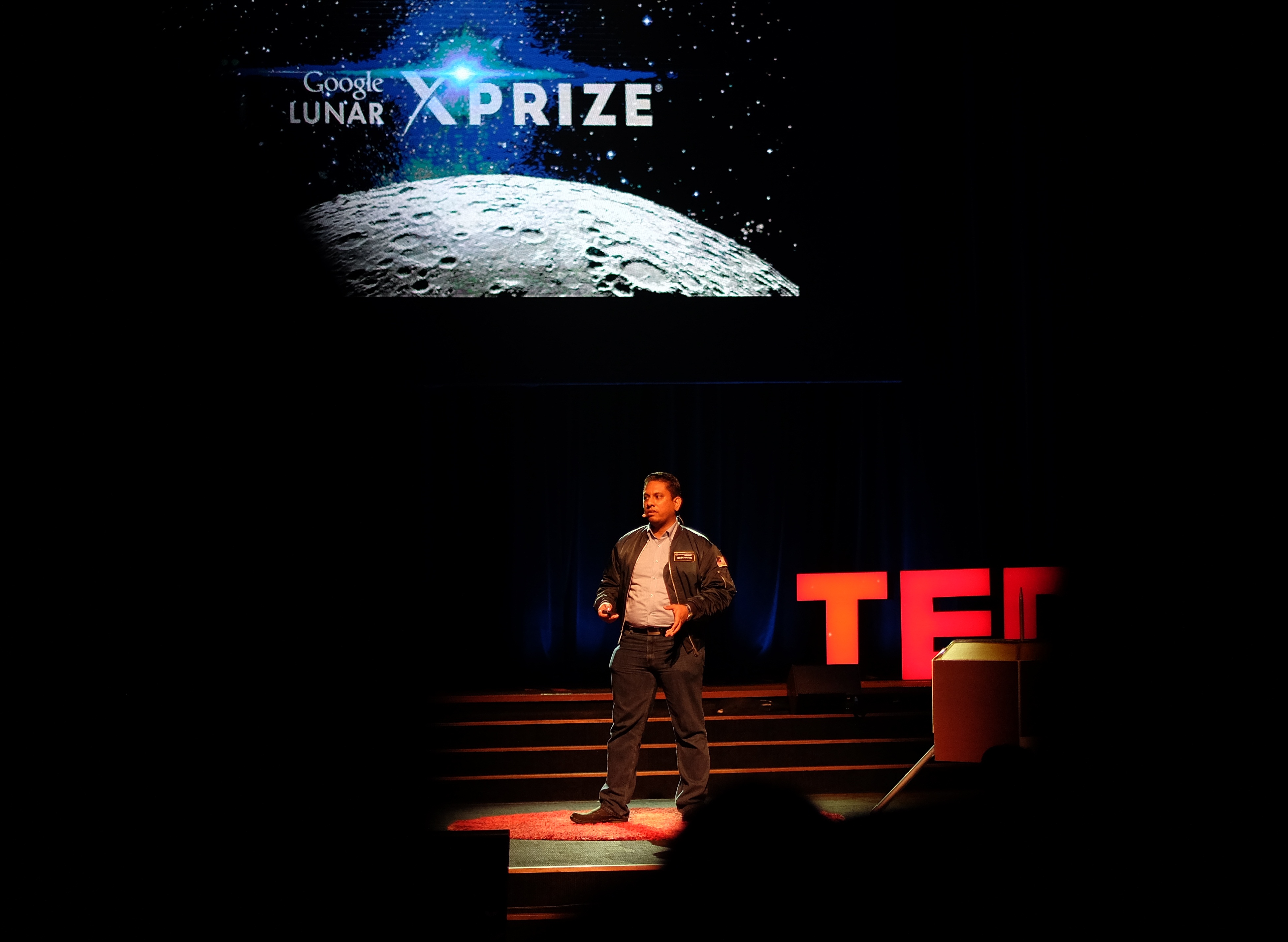
Yes. Once we’ve landed, the rover will be deployed. The rover will have special wheels that can adapt to the lunar soil. The soil on the moon is strange in that it has electrostatic behaviour that causes it to stick to the mechanisms and wheels of the rover. So we need to design a craft that doesn’t attract lunar soil. We also need to protect the solar panels, so a certain height of clearance needs to be considered when designing the rover.
Another consideration is the steering mechanism. It’s very tricky, because if you steer traditionally, you’ll dig into the ground. We’ll be using the ‘skid to steer’ technique, meaning you don’t see the wheels changing angles but you see the RPM [wheel speed] changing on each side: if you want to turn right, you turn the RPM on the left slower, on the right faster.
So based on what you’ve said, could this be a loss-making project?
Yes. The prize is US$20 million, but the launch cost alone could be US$22.3 million (MYR93 million), and the entire project will be even more!
Obviously the goal is not to create a profitable project, it’s to win this award and put this rover on the moon. But money must be a concern?
Yes, you’re right. We are doing this purely for non-profit. If we win the extra cash, we would like to give it to charity. We plan to bring apprentices into moving into a space programme that will create a new form of business: it will enable multiple start-ups, multiple companies, even multiple societies to operate on this platform.
We will start this platform off by creating a ‘launch as a service’ offering to worldwide customers, for launching their own satellites into space. We are targeting universities and research agencies and start-ups all around the world to launch cube satellites and micro-satellites.
So the Google project is just the beginning? This is almost a side project?
Yes. I really appreciate the Google project because it brought us to a different level of thinking, beyond technical. You also have legal, design, and financial frameworks to look at. It really opened our minds. If we were to do this as a special interest group, we would have no deadlines; we would just do something whenever we feel like it. This competition has been a push; a push on how to do it sustainably.
If it weren’t for Google, we’d be complacent and would go for easily accessible funding. But Google states that it needs to be privately funded, so we had to become entrepreneurs.
You would say you weren’t an entrepreneur before Google?
Not on the business side. I was a pure engineering student, focusing on my assignments, shooting rockets. I wasn’t planning on learning business. Because of the Google Lunar X Prize, I enrolled in a business school in Illinois, mostly because of the pressure to raise the funds.
We’re more in the public eye now because of Google. Immediately when we got accepted and registered, our news spread out to the whole planet; all the media. That was powerful. And then two years after the registration, we were published in a German magazine, and it was published in 18 European nations. I was like, “Woah!”
The remaining challenges and the future
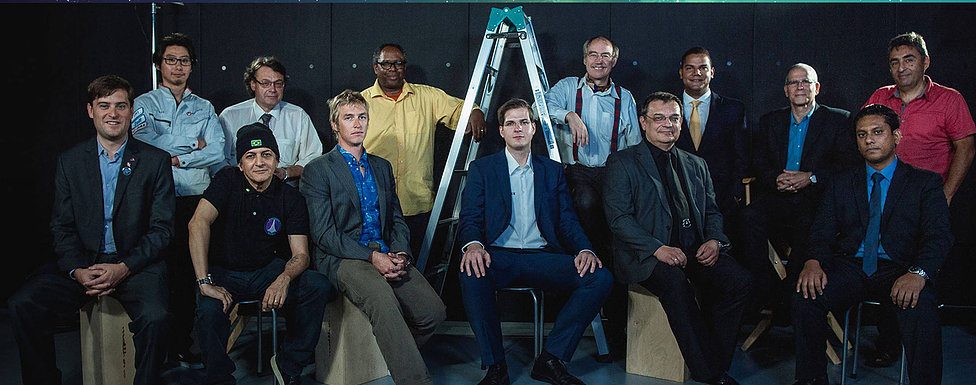
At this moment in time, our main challenge is finance. I tried to open up companies and tried to generate the kind of income that can fuel the development and research of our rocket engines, our spacecraft, but it is still not enough because the launch cost is still way too high.
We need support, we need to tell the Malaysian public and the whole of Southeast Asia that we are the only representatives of this part of the world in a very audacious competition that all this while I took for granted. But it is the largest competition ever in the history of mankind, that people are literally racing out of the planet for the first time ever for a private entity. You think about the Olympics – well this is the Olympics on steroids! It’s the perfect time to make Malaysia proud. This is where we put in our support and join forces, and do the other great things as a team player in this competition.
Also, as with the Olympics, sportsmanship is essential. We, along with the other nations, are friends no matter what. This is healthy because we keep growing an international community of space-faring nations. We look for corporate sponsors and crowd funding also just to help us ‘be in the game’.
We have a deadline for this year to secure a launch contract, which costs about €2 million (MYR9.2 million). If we don’t do that, we will be booted out of the competition. And if we succeed to secure the launch contract, then next is to have the launch in August 2017; by then, we need to raise another €18 million (MYR83.4 million).
However, that is only for the launch. Our total estimated cost for the entire lunar mission, if it’s successful, will be €23 million, or just under US$26 million (MYR107.6 million). To put that in perspective, the cheapest unmanned mission to the moon so far was about US$80 million (MYR331 million) , and the second cheapest was roughly US$125 million (MYR517 million). So if we can pull this off successfully, we’ll be the cheapest ever by far – and Malaysia can be part of opening a whole new chapter in human space exploration.
If you’d like to help Izmir Yamin and his team make history by sending Southeast Asia’s first rover to the moon, head on over to their website, themoonmenproject.com to find out how you can contribute.
"ExpatGo welcomes and encourages comments, input, and divergent opinions. However, we kindly request that you use suitable language in your comments, and refrain from any sort of personal attack, hate speech, or disparaging rhetoric. Comments not in line with this are subject to removal from the site. "




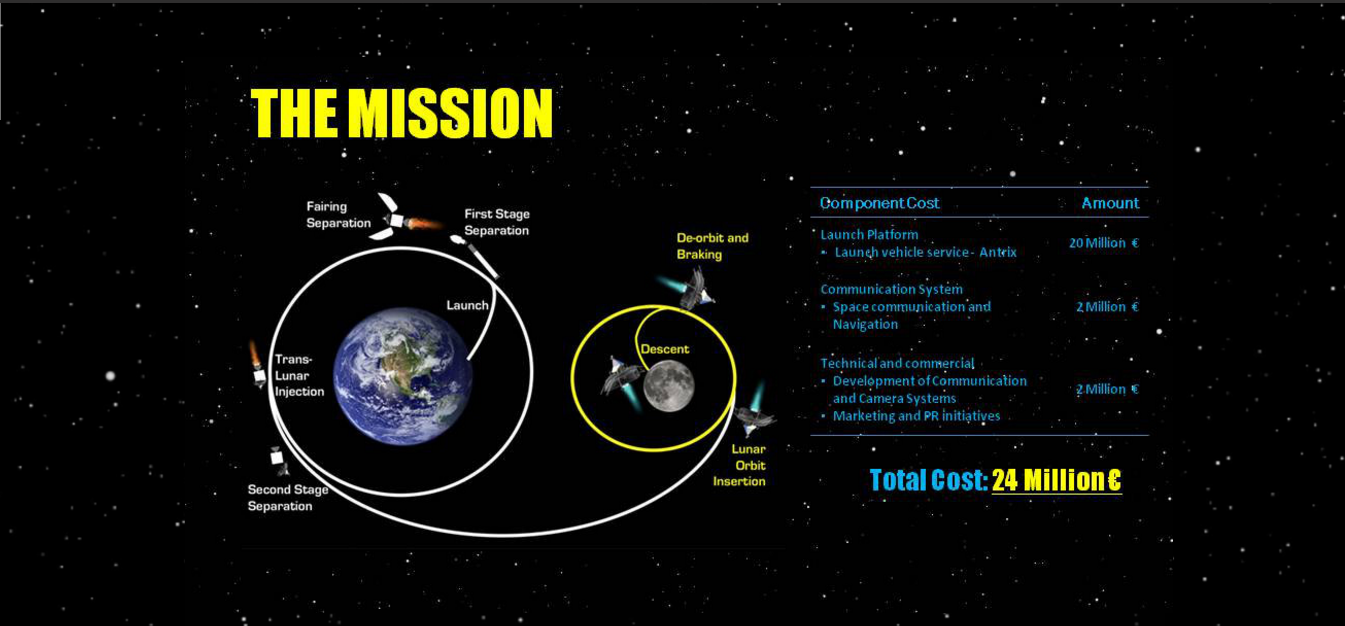
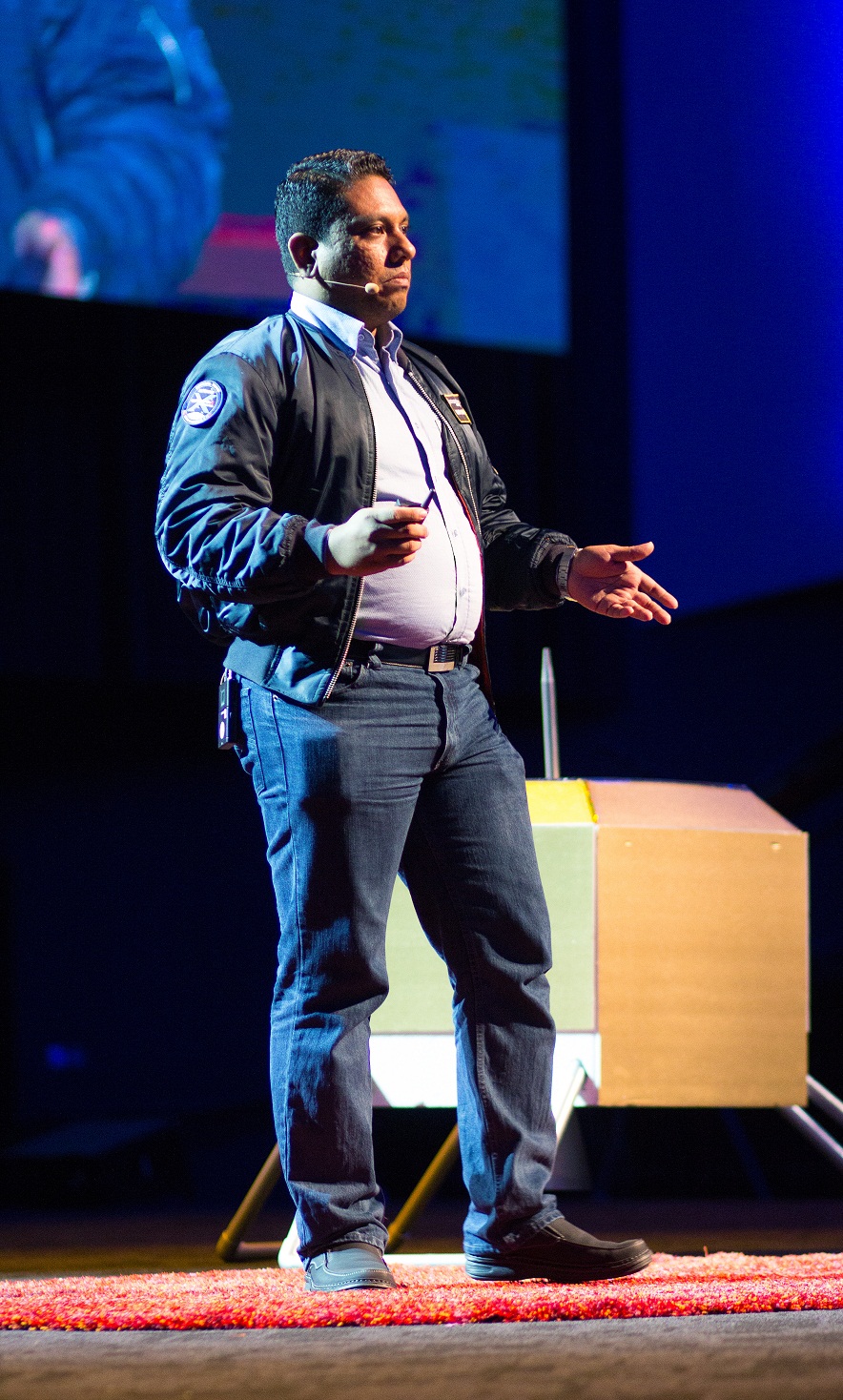
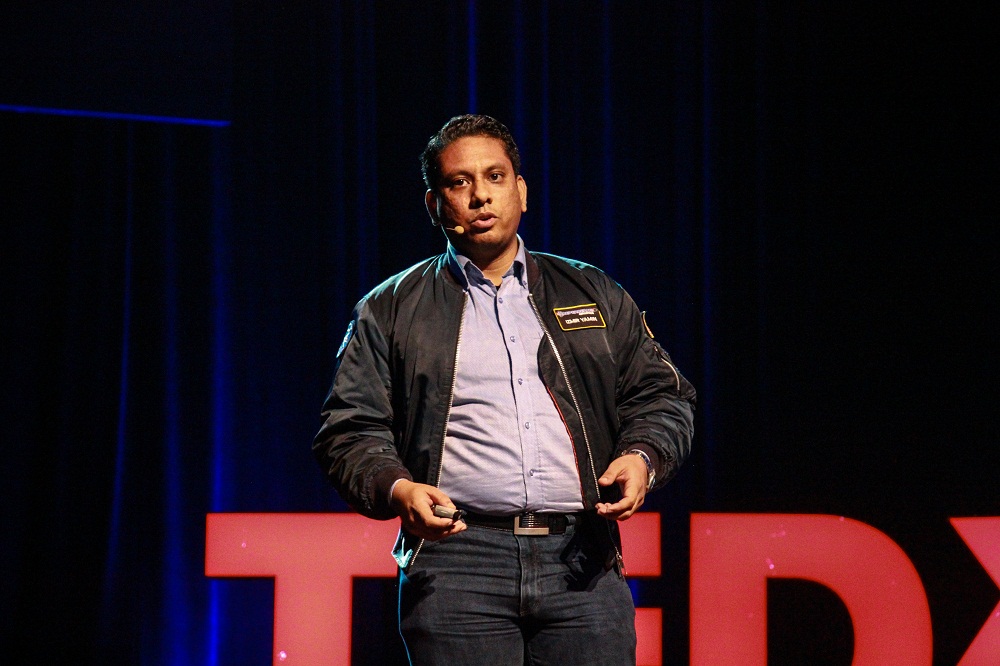














Kho Chai Kiat
Panglima Awang…
Good luck ….success for TEAM MALAYSIA …God Bless.
Muhammad Raffiq Mohd Khalil kenal ke?
Tak. But tau la yg ade team malaysia yg masuk google x prize competition.